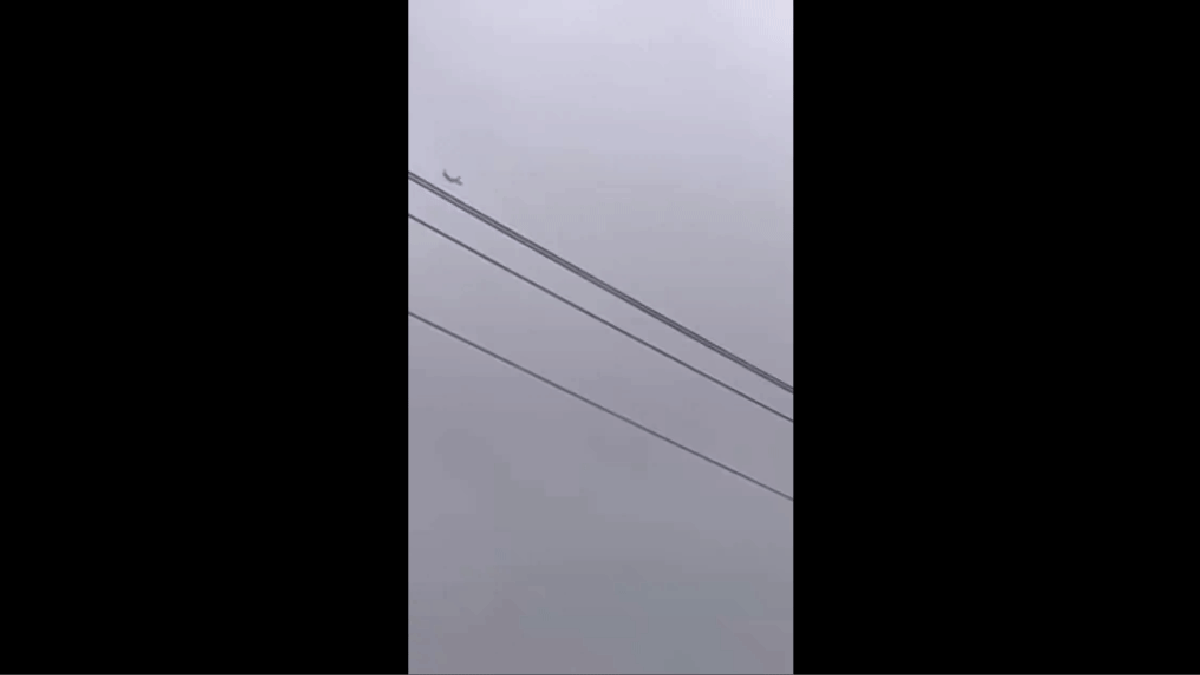A man on the ground in California captured a once-in-a-lifetime video when he snagged a shot of a lightning bolt striking a plane in mid-air this week. A rare thunderstorm over San Jose provided the excitement.
The guy, William Justo, was kind enough to post what he shot on X, writing in a post that he “was filming lightning from a severe storm earlier around south San Jose along Monterey Rd and caught a plane struck by lightning!” He added that he was “lucky” to capture the moment. I’d say so, Billy Boy.
Justo then posted another, more zoomed-in, clip that actually shows blue-green sparks or discharge from the plane’s wing. What a wild sight.
You’d probably think it’s fairly rare for a plane to get struck by lightning, but that’s not the case, according to Fox Weather. Apparently, passenger planes are struck by lightning an average of once or twice every year because airplanes are essentially lightning rods. Here’s more information from the National Weather Service, reported by Fox Weather:
“Actually, aircraft often initiate the strike because their presence enhances the ambient electric fields typical for thunderstorms and facilitates electrical breakdown through air,” wrote the NWS.
The planes usually continue flying. The last confirmed commercial airplane crash in the U.S. attributed to lightning occurred in 1967. Pan American Flight 214 was headed to Philadelphia when it encountered thunderstorms. Officials found that the bolt ignited fuel in a reserve tank, causing the wing to explode.
Commercial airplanes are now designed and built to have conducting paths throughout the aircraft that can withstand a strike. However, according to the NWS, smaller aircraft, like private planes and experimental aircraft, are not required to have those protections on board.
In general, most airplanes are struck by lightning when flying through clouds. So, just like avoiding thunderstorms to stay away from turbulence, pilots avoid storms to prevent being struck.
The other phases of flight that have an increased risk of being hit by a bolt of lightning are during both climb and descent, usually between 5,000 and 15,000 feet.
[…]
The bolt will initially strike one point, like the nose, and travel through the aircraft to an exit point, like the wing tip. After that, the bolt will continue where it could hit the Earth’s surface.
Electrical systems on airplanes are built to withstand a lightning strike, but one of higher intensity can damage systems that rely on electricity, like fuel valves, generators, power feeders and electrical distribution systems, according to Boeing.
So, it doesn’t seem that lightning striking a plane is particularly rare, but it’s definitely still wild that it was caught on camera.

